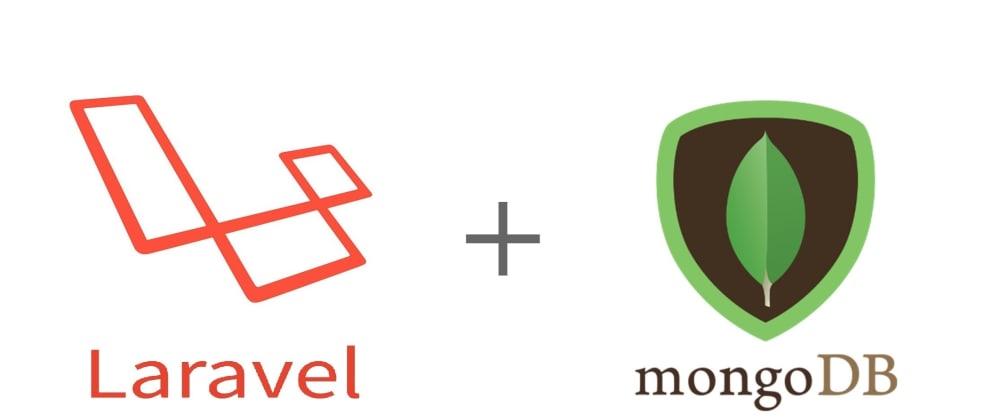Creating Real-time Chat Applications with Laravel, MongoDB, and WebSockets
Laravel has become one of the most popular web frameworks in recent years, thanks to its simplicity, flexibility, and robust features. It supports various databases and comes with a wide range of packages that make development faster and more efficient. One of the most useful features of Laravel is its support for MongoDB, a NoSQL database that provides high scalability and performance. And when it comes to real-time communication between users, WebSockets is the go-to technology. Let’s see how we can use these technologies together to create a real-time chat application.
Setting up the Project
Before we begin, let’s make sure we have the necessary components installed. We need to install PHP, Composer, Laravel, MongoDB, Node.js, and Socket.IO.
Install Laravel by running the following command:
composer create-project --prefer-dist laravel/laravel chatapp
Install MongoDB by following the official MongoDB documentation: https://docs.mongodb.com/manual/installation/
Install Node.js by following the official Node.js documentation: https://nodejs.org/en/download/ Install Socket.IO by running the following command:
npm install socket.io
Creating the Chat Model and Controller
To create the chat model, run the following command:
php artisan make:model Chat –m
This creates the chat model and migration. Edit the migration file and add the necessary fields for your chat application.
To create the chat controller, run the following command:
php artisan make:controller ChatController
This creates the chat controller where you can define the functions for handling chat messages and sending messages between users.
Setting up MongoDB
First, we need to install the MongoDB driver for PHP. Run the following command to install it:
composer require jenssegers/mongodb
Next, we need to add the database configuration in .env file:
MONGO_DB_DATABASE=your-database-name
MONGO_DB_USERNAME=your-database-username
MONGO_DB_PASSWORD=your-database-password
MONGO_DB_HOST=your-database-host
MONGO_DB_PORT=your-database-port
We also need to update the database configuration file (config/database.php) to use MongoDB as the database driver:
'connections' => [
'mongodb' => [
'driver' => 'mongodb',
'host' => env('MONGO_DB_HOST', '127.0.0.1'),
'port' => env('MONGO_DB_PORT', 27017),
'database' => env('MONGO_DB_DATABASE'),
'username' => env('MONGO_DB_USERNAME'),
'password' => env('MONGO_DB_PASSWORD'),
'options' => [
'database' => env('MONGO_DB_DATABASE'),
],
],
],
Creating WebSockets Server
Before creating a WebSocket server, we need to install the Laravel WebSockets package.
composer require beyondcode/laravel-websockets
Then, publish the WebSockets configuration file:
php artisan vendor:publish --provider="BeyondCode\LaravelWebSockets\WebSocketsServiceProvider" --tag="config"
After that, migrate the WebSockets tables to your database:
php artisan websockets:setup
php artisan migrate
Run the following command to start the WebSocket server:
php artisan websockets:serve
Broadcasting Chat Messages
To broadcast chat messages to all users, we need to use Laravel's built-in broadcasting system and Socket.IO.
First, we need to add the broadcasting configuration in .env file:
BROADCAST_DRIVER=pusher
STRIPE_KEY=
STRIPE_SECRET=
PUSHER_APP_ID=
PUSHER_APP_KEY=
PUSHER_APP_SECRET=
PUSHER_APP_CLUSTER=mt1
Next, we need to update the Broadcasting configuration file (config/broadcasting.php) to use Socket.IO as the Broadcasting driver:
'connections' => [
'pusher' => [
'driver' => 'pusher',
'key' => env('PUSHER_APP_KEY'),
'secret' => env('PUSHER_APP_SECRET'),
'app_id' => env('PUSHER_APP_ID'),
'options' => [
'cluster' => env('PUSHER_APP_CLUSTER'),
'useTLS' => true,
'encrypted' => true,
'host' => '127.0.0.1',
'port' => 6001,
'scheme' => 'http',
'socket_path' => '/socket.io',
],
],
],
Finally, we can broadcast chat messages to all users by calling the broadcast function in the chat controller:
use App\Events\Chat as ChatEvent;
public function sendMessage(Request $request){
$message = $request->input('message');
$user = Auth::user();
event(new ChatEvent($message, $user));
}
Creating the Chat Interface
To create a simple chat interface, we need to use HTML, CSS, and JavaScript. Here’s a sample chat interface:
<html lang="en">
<head>
<meta charset="UTF-8"></meta>
<title>Real-time Chat App</title>
<link href="{{ asset('css/app.css') }}" rel="stylesheet"></link>
</head>
<body>
<div id="app">
<div class="container">
<div class="row">
<div class="col-md-10 push-md-1">
<ul class="list-group" v-chat-scroll="">
<message :key="message.id" :time="message.time" :user="message.user.name" v-for="message in messages">
@{{ message.body }}
</message>
</ul>
</div>
</div>
<div class="row">
<div class="col-md-10 push-md-1">
<div class="input-group">
<input class="form-control" id="message" keyup.enter="sendMessage" name="message" placeholder="Type your message here" type="text" v-model="newMessage" />
<span class="input-group-btn">
<button class="btn btn-primary" click="sendMessage" id="send-btn" type="button">Send</button>
</span>
</div>
</div>
</div>
</div>
</div>
<script src="{{ asset('js/app.js') }}"></script>
</body>
</html>
This chat interface is built using Vue.js components. The v-chat-scroll directive automatically scrolls the chat window to the latest message when a new message is added. The message component takes care of displaying the message details (user name, time, and message content).
Conclusion
By combining Laravel with MongoDB and WebSockets, we can create a robust and scalable real-time chat application. We can store chat data in MongoDB, use Laravel’s broadcasting system to broadcast messages to all users, and leverage WebSockets to enable real-time communication between users. With this technology stack, we can create chat applications that are both functional and performant.
Know thy self, know thy enemy. A thousand battles, a thousand victories. —Sun Tzu




Komentar
Posting Komentar